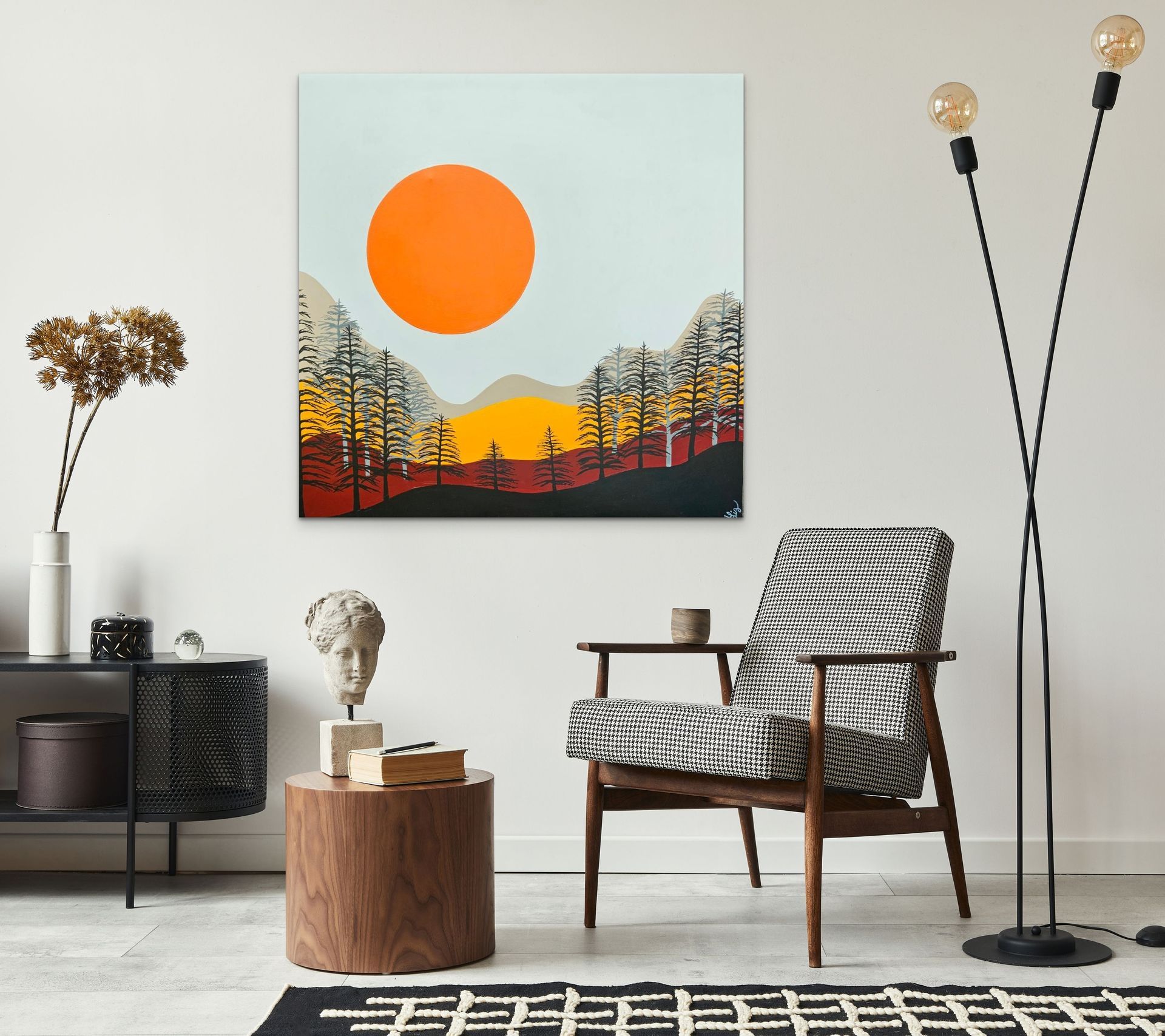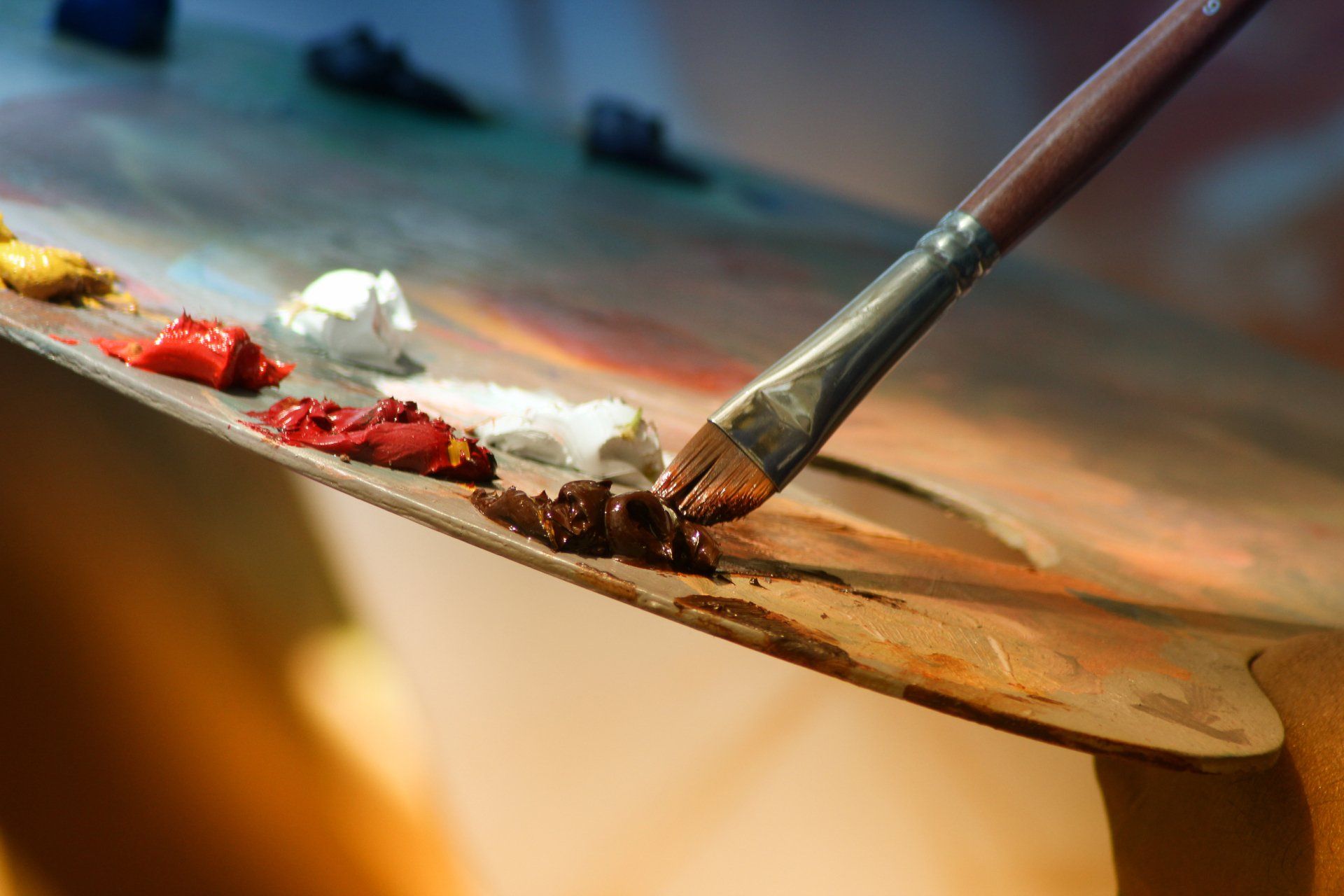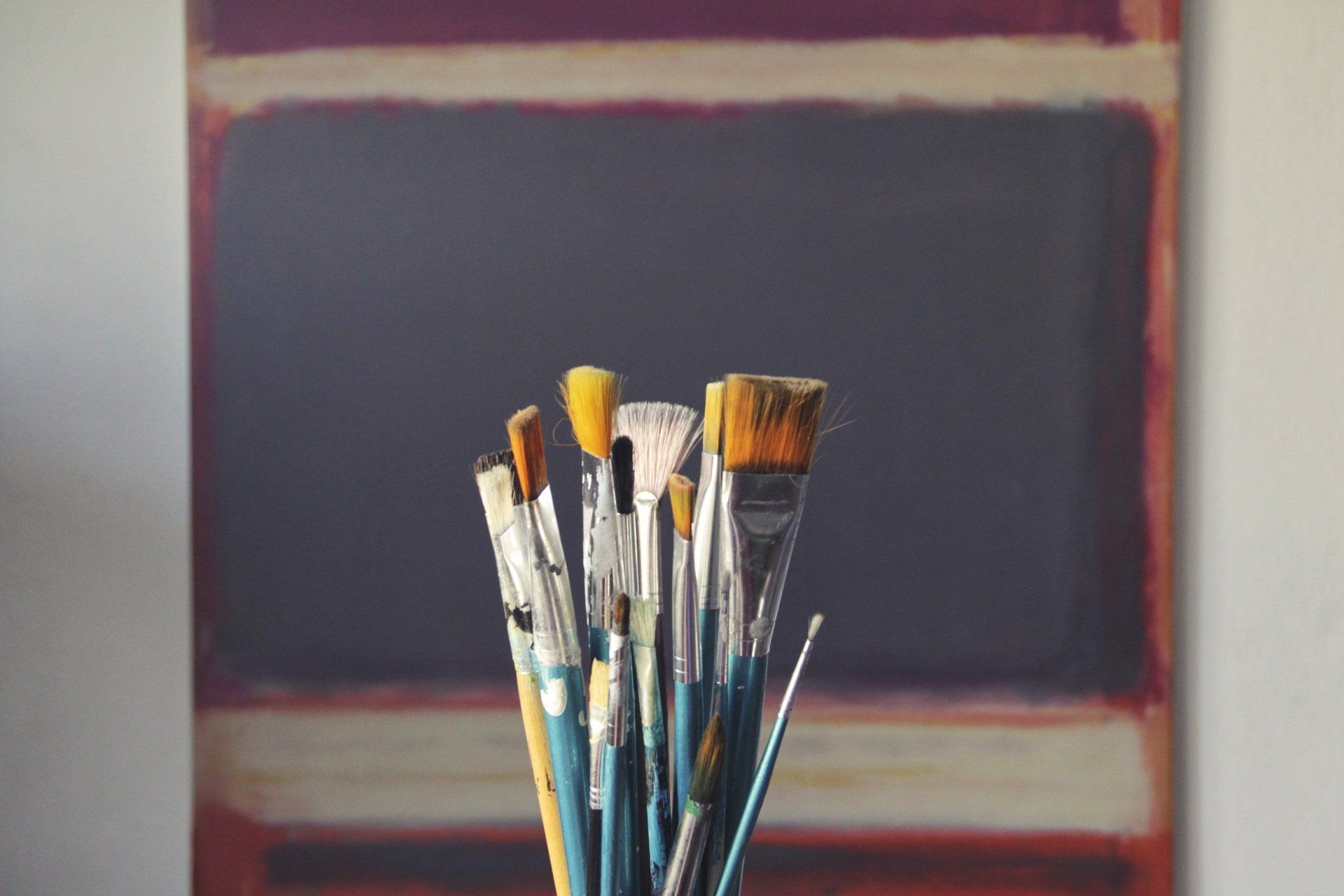Call Liz: 817-716-2114
What Is Mid Century Modern Art?
Mid Century Modern Art: A Timeless Tapestry of Clean Lines and Geometric Simplicity

In the kaleidoscope of art and design, the term "Mid Century Modern" stands as a catch-all phrase that encapsulates the diverse movements that unfolded around the middle of the 20th century. Beyond a mere label, Mid Century Modern represents an artistic and design impulse characterized by clean lines, simple geometry, and a departure from the ornate excesses of the past. In this exploration, we dive into the essence of Mid Century Modern art, tracing its roots, defining characteristics, and its enduring influence on the contemporary aesthetic.
The Landscape of Mid Century Modern: A Fusion of Movements
The Mid Century Modern era, spanning from the 1930s to 1965, emerged as a distinctive chapter within the broader tapestry of the Modern Art Movement. This period was marked by a departure from traditional forms, shedding extraneous details and embracing a minimalist ethos. However, it's essential to recognize that Mid Century Modern was not a monolithic entity but a convergence of diverse movements, each contributing to its rich and varied flavor.
1. Clean Lines and Geometric Simplicity
At its core, Mid Century Modern is characterized by a devotion to clean lines and geometric simplicity. The aesthetic emphasis was on uncluttered spaces, emphasizing the beauty of essential forms. This departure from ornate detailing represented a paradigm shift in both art and design.
2. Industrial Manipulation of Materials:
Mid Century Modern art and design celebrated the advent of modern industrial techniques and the manipulation of materials such as steel, metals, and plastics. The skilled facility in working with these materials became a hallmark, allowing artists and designers to create sleek, functional, and innovative pieces.
3. A Departure from Pomp and Convention:
The Modern aesthetic, including Mid Century Modern, rejected the grandiosity of pomp and convention. Ornamentation for its own sake was anathema to the practitioners of this movement. Instead, the focus was on functionality, efficiency, and a marriage of form and function.
A Timeless Vibe: The Allure of the 60s and 70s
As an artist personally drawn to the Mid Century Modern style, there's a palpable appreciation for the timeless vibe of the 60s and 70s. These decades were marked by a cultural revolution, and the art and design of the time encapsulated the spirit of change, experimentation, and a break from the status quo.
1. Timelessness in Design:
The enduring popularity of Mid Century Modern design lies in its timelessness. The clean lines and functional beauty of iconic furniture pieces and art have transcended the era of their creation, seamlessly integrating into contemporary design aesthetics. Pieces from this era continue to grace homes and spaces, a testament to their enduring appeal.
2. Cultural and Artistic Revolution:
The 60s and 70s were a time of profound cultural and artistic revolution. Movements like Pop Art and Abstract Expressionism were thriving simultaneously, contributing to the eclectic cauldron of influences that shaped the Mid Century Modern style. This era saw a departure from traditional artistic norms, paving the way for experimentation and innovation.
The Mid Century Modern Artistic Palette: Exploring Influences
To truly understand Mid Century Modern art, one must delve into the influences that shaped its distinctive palette. While it shares some common ground with contemporaneous movements, there are unique characteristics that set Mid Century Modern apart.
1. Abstraction and Expression:
The influence of Abstract Expressionism is discernible in the emphasis on abstraction and expression in Mid Century Modern art. Artists sought to convey emotion and meaning through the manipulation of form and color, often opting for non-representational compositions.
2. Pop Art Fusion:
The vibrancy and playfulness associated with Pop Art found resonance within Mid Century Modern aesthetics. Bold colors, graphic patterns, and a sense of irreverence characterized both movements, contributing to the dynamic visual language of the era.
3. Nature as Inspiration:
While Mid Century Modern often embraced industrial materials, there was a concurrent appreciation for the organic. Nature served as a wellspring of inspiration, with artists incorporating natural elements into their work. This duality, the marriage of industrial and organic, added depth to the Mid Century Modern palette.
Personal Reflections: The Artist's Connection to Mid Century Modern
As an artist personally drawn to the Mid Century Modern style, the connection goes beyond aesthetic preferences. It's a resonant dialogue with the ethos of the era, an exploration of clean lines, and an appreciation for the marriage of form and function. The enduring allure of Mid Century Modern lies not only in its visual appeal but also in its capacity to evoke a specific cultural and artistic moment.
Embracing Mid Century Modern Today: Contemporary Resonance
The Mid Century Modern movement, despite being rooted in a specific historical period, continues to exert a profound influence on contemporary design and art. Its principles of simplicity, functionality, and an aesthetic devotion to clean lines have found a new resonance in the present.
1. Contemporary Design Aesthetics:
The principles of Mid Century Modern design seamlessly integrate into contemporary design aesthetics. Minimalist interiors, sleek furniture lines, and an emphasis on open spaces reflect a continued appreciation for the enduring qualities of Mid Century Modern design.
2. Reinterpretations and Homages:
Artists and designers today often pay homage to the Mid Century Modern era by reinterpreting its iconic elements. From furniture designers crafting contemporary pieces inspired by Mid Century classics to artists infusing their work with the movement's spirit, there's a vibrant dialogue between the past and present.
3. Sustainable Design Practices:
The emphasis on functionality and the skilled manipulation of materials in Mid Century Modern aligns with contemporary concerns for sustainability. The movement's ethos of creating enduring, well-crafted pieces resonates with a modern audience increasingly conscious of the environmental impact of consumer choices.
Conclusion: Mid Century Modern as a Living Legacy
In the annals of art and design, the Mid Century Modern movement stands as a testament to the power of innovation, simplicity, and a departure from the ornate. Its clean lines, geometric simplicity, and marriage of form and function have transcended the era of their inception, becoming a living legacy that continues to shape the aesthetic sensibilities of the present.
As artists, designers, and aficionados continue to draw inspiration from the Mid Century Modern movement, its impact reverberates through the contemporary creative landscape. It's a timeless vibe, a visual language that speaks across decades, and a reminder that the pursuit of simplicity and functionality can yield enduring beauty.

All Rights Reserved | Liz Johnston Art


